In 2011, I wrote a blog post, titled Upgrade your KWL Chart to the 21st Century. It described how I learned about a new version of the traditional KWL (What do I Know, What do I Want to know and wh...
Get Started for FREE
Sign up with Facebook Sign up with X
I don't have a Facebook or a X account
 Your new post is loading... Your new post is loading...
 Your new post is loading... Your new post is loading...

Susan C. Freeman's curator insight,
November 8, 2014 11:50 AM
This article is terrific. However, James says the apple falling is a myth. What say you?

Henrietta Marcella Paz-Amor's curator insight,
June 17, 2014 11:15 AM
What are the characteristics of an effective learning environment? Read on...
Ruby Day's curator insight,
June 18, 2014 3:24 PM
These criteria really outline some solid principles that should direct our planning and thus be evident in our learning environments. Principles such as: student enquiry, work readiness, personalised learning, flexibility, authentic and transparent assessment. I like the focus on critical thinking here :) 
Sue Alexander's curator insight,
June 21, 2014 5:02 PM
Great scoop Beth. I love the goal of "intellectually active" classrooms.

Kate JohnsonMcGregor's curator insight,
April 24, 2014 8:43 AM
I love this idea - it fits beautifully with the concept of Inquiry-based learning and students assuming ownership of the research process - Yay ACTION! The idea that learning and research are ongoing - and active - is a key element to new learning models. Very exciting!

Dr Pam Hill's curator insight,
March 21, 2014 9:04 AM
Wonderful article that points out some of the challenges of Standards Based Learning as well as ways that instructors can maintain their own unique teaching styles and interests. Great article for discussion in PD meetings, online learning, and teacher prep courses!

Christopher Resetar's curator insight,
February 13, 2014 12:00 PM
Like other comments on this scoop, I really like this article, especially items #1 and #2. I really like those options because they are unconventional options that I still think would provide an appropriate level of challenge for the students as well as provide an alternative form of just a simple pencil and paper exam. I think option #1 is more feasible for elementary school because it would allow students to work on skills that are more age appropriate like consolidation of information and looking for quality source material.
Ruby Day's curator insight,
February 14, 2014 3:45 PM
Sounds like some great ideas to stimulate critical thinking 
Audrey's curator insight,
March 5, 2014 6:51 PM
All 5 assessment methods involves students leading the learning. Asking the students questions based on their reading of the topic helps their analytical skills and allows them to be in charge of their learning.

Sue J Wilson's curator insight,
November 25, 2013 10:32 AM
"...in practice, curriculum maps are almost always not the “living, breathing” documents experts like Heidi Jacobs Hayes promote. They are instead very dead things—lifeless prisons of content to be covered, and boxes to be highlighted...For a curriculum map—or any planned learning experiences—to be vital—and vitally useful—they must be adaptive and circular rather than rigid and linear. ...they must encourage students to continue their pursuit of understanding and self-knowledge." 
Roberta Orlando's curator insight,
November 26, 2013 9:01 AM
Interesting food for thought...worth reading ;)

Peg Gillard's curator insight,
October 27, 2013 9:51 PM
We are so far removed from inquiry based classrooms that curiosity is but a shadow. Students wait to be fed the learning, which isn't true learning if it is fed. True learning comes from asking our own questions and setting out on a quest to unravel the riddle we have created. 
Drora Arussy's curator insight,
October 28, 2013 4:10 PM
wonderful visual for the inquiry process - for educators and to share with students.

Ruth Virginia Barton's curator insight,
February 13, 2015 11:30 AM
Excellent infographic about learning science through critical-thinking and student-directed inquiry |

María Dolores Díaz Noguera's curator insight,
December 4, 2014 6:20 AM
Explorando ... la curiosidad Como una impor clave..Building Curiosity - YouTube | @scoopit via @BethDichter http://sco.lt/... 
Sally Wyatt's curator insight,
August 3, 2017 8:47 AM
What if curiosity is the most powerful thing you own?

Tony Guzman's curator insight,
September 4, 2014 9:43 AM
Some great tools to consider for your classroom. 
Rosemary Tyrrell, Ed.D.'s curator insight,
September 4, 2014 4:20 PM
A useful list of top quality resources.
Nancy Jones's curator insight,
March 18, 2014 2:52 PM
Risk taking and questioning have always been learning skillls. It just seems that students, and possibly their parents, aren't willing to acknowledge them as the best way to learn. The whole idea of thinking critically and making a "best guess' seem to be unacceptable to some folks. What does that say about the whole quality/gift of wonder?

Spice Wang's curator insight,
November 15, 2013 6:52 PM
How much time teachers would need this kind of problem-solving based scaffolding activity? When to use Thisbe kind of approach?

Kymberley Pelky's curator insight,
August 26, 2013 3:12 PM
In an age where children expect everything to be instant, their responses become the same without taking time to process the information first. 
Becky Mowat's comment,
August 26, 2013 9:48 PM
Analysis and synthesis take time...and are critical to problem solving, as we all know. How to teach these higher level thinking processes is key to helping students become successful independent learners.

Audrey's comment,
August 9, 2013 7:31 AM
I agree Teri. It encourages reading and encourages students to be in charge of their learning.

Audrey's curator insight,
August 9, 2013 7:39 AM
Using the Socratic process the educator is a tutor. The process encourages evaluative and analytical thinking. |



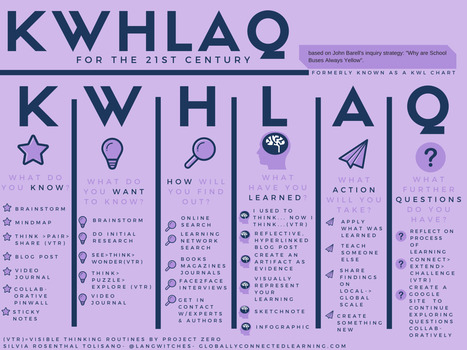

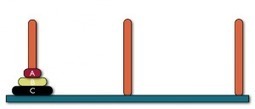

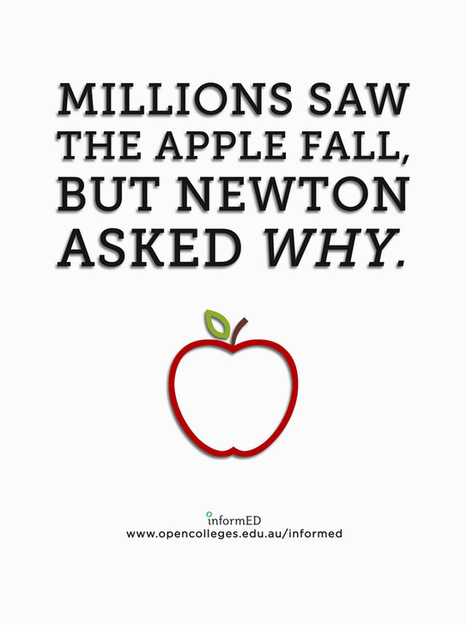

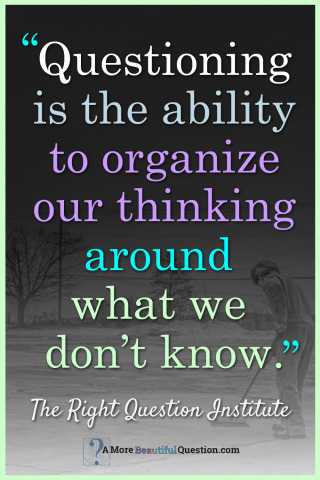

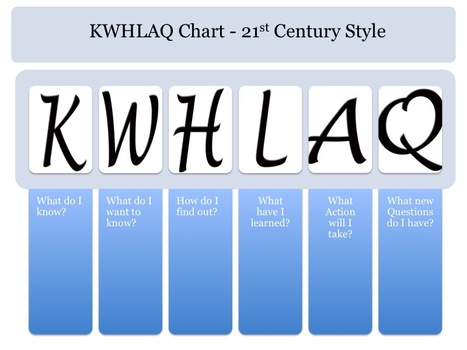


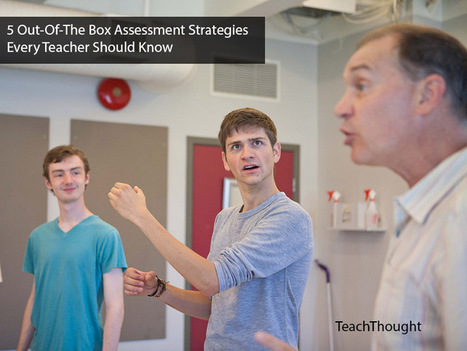




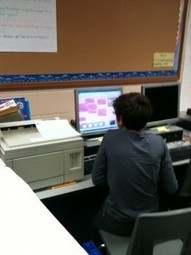



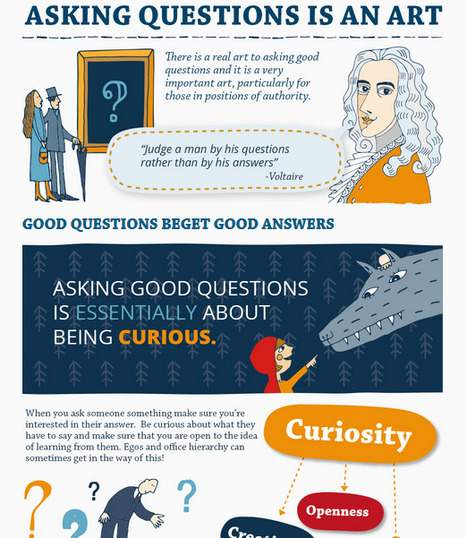
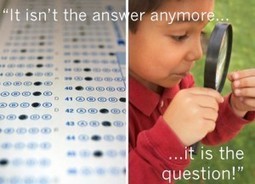

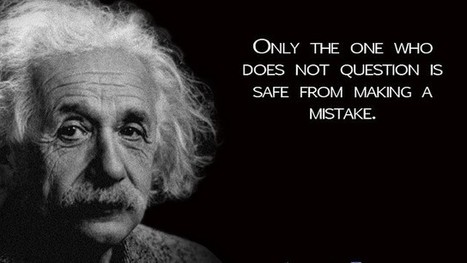


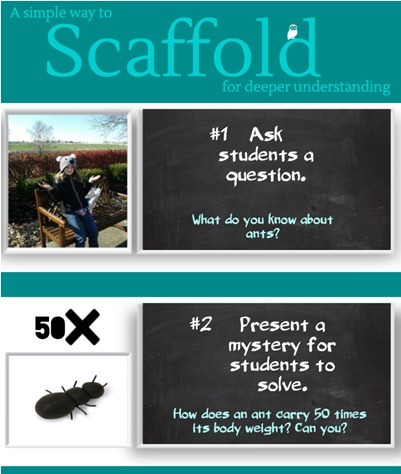
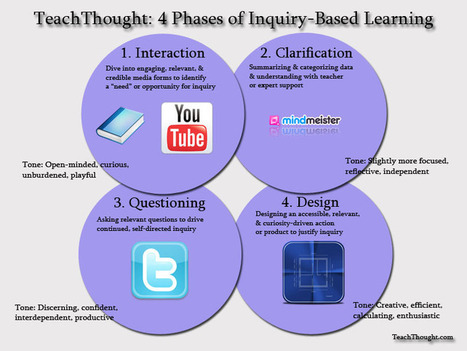


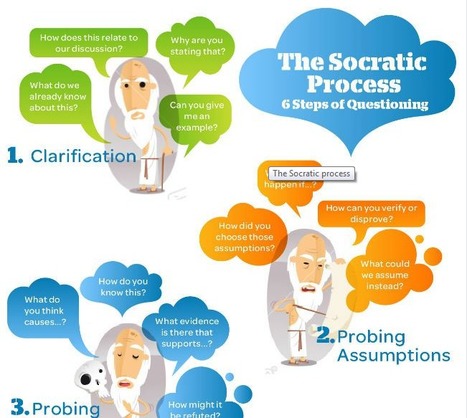





This article shares an updated version of KWL (What do I Know, What do I Want to know and what have I Learned). How many use this in their classrooms?
Check out this new version of the KWL chart by Silvia Rosenthal Tomlison. What we once called KWL is now the KWHLAQ.
* K stands for 'What do you KNOW?'
* W stands for 'What do you WANT to know?'
* H stands for 'HOW will you find out?'
* L stands for 'What have your LEARNED?'
* A stands for 'What ACTION will you take?'
* Q stands for 'What further QUESTIONS do you have?'
This new visual also includes suggestions under each category to help students make their "thinking and learning visible." For more information click through to the post.